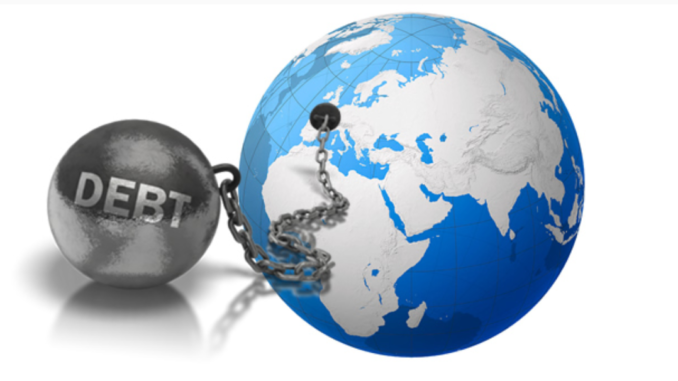
The United States has a total debt profile of $19.8tn. The same US has pension funds assets of over $24tn. Nigeria has a current total debt profile of $81bn and pension assets of just $22bn.
South Africa has total debts of $215bn, but pension funds assets of over $275bn.
For both the US and South African economies, they have domestic solid liquid and near liquid assets that cover more than 100% their debt obligations. For Nigeria, we have just less than 25% coverage. Do you see the difference?
South Africa earned over $84.5bn into its national treasury from export of goods in 2018. In the same 2018, Nigeria only received into our federation account, just N2.4tn/$7.1bn from the export of crude oil to be shared by the three tiers of government.
The total debt of South Africa as of June 30, 2019, stood at N78tn/$216bn. Total revenue generated into the South African treasury in 2018 was $116.5bn. Out of this amount of $116.5bn earned in 2018, $84.5bn came from export of goods. Which simply means that revenues and earnings of two years by South Africa, all other expenses suspended, can pay off their total debts within 19 months.
With Nigeria’s current revenue profile of N3.9tn (receipts into the federation account) to total debt profile of N25.7tn, it will take this country seven years to pay off the existing debts, all other expenses suspended.
Then, imagine the impact of additional debt of $30bn/N10tn that the President, Major General Muhammadu Buhari (retd.), and his economic team want to borrow.
Kindly also note that between June 30, 2015 and December 31,2019, by the records at the Debt Management Organisation, that Nigeria has ramped up new foreign debts of $17.5bn from $10.3bn in June 30, 2015 to $27.8bn as of December 31, 2019. We have also ramped up new domestic debts of N7tn (from N10tn in June 30, 2015 to N17tn in December 31, 2019).
The US capital markets equity capitalisation is currently valued at $32tn. The South African stock exchange is currently valued at over $1tn. The Nigerian stock exchange is valued at just $36bn.
Nigeria is a consumption based and rent-seeking economy with an unwieldy fiscal and constitutional framework that engenders consumption, growing poverty and misery amongst its masses. Whereas the economy of South Africa is a solid production based one.
The Nigerian economy is mostly public-sector driven, while those of South Africa, Singapore and the US are mostly private sector-led.
Both the South African and US economies are production and manufacturing based. Singapore’s economy is ranked as the most open in the world, third least corrupt, most pro-business, and has the third highest per capita GDP in the world in terms of Purchasing Power Parity.
Nigeria, as demographically blessed by God, has the huge potential to grow her GDP to $1.5tn in the next 10 years, if we all agree to do the right things.
But, we must firstly, restructure her whole constitutional, fiscal, derivation and autonomous architecture back to what we had in 1960.
The Federal Government should never control more than 20% of our resources. The constituents must create, keep 50% as their wealth and pay 50% to the national treasury. Out of this 50%, Abuja should keep 20% and share 30% to the less privileged states, until they learn to feed themselves.
This feeding-bottle quasi unitary republic we are operating must end now. The International Monetary Fund and African Development Bank were very right to reject Nigeria’s loan requests. We are already over-leveraged. But, of course, they have turned to the Islamic banks and China to enslave us the more.
By the time this regime is through with Nigeria, Venezuela and Zimbabwe may be paradise compared to here. Some 124 million people are already in the poverty region. Figure that out.
Dr Nnaemeka Onyeka Obiaraeri, Ikoyi, Lagos State
END

Be the first to comment